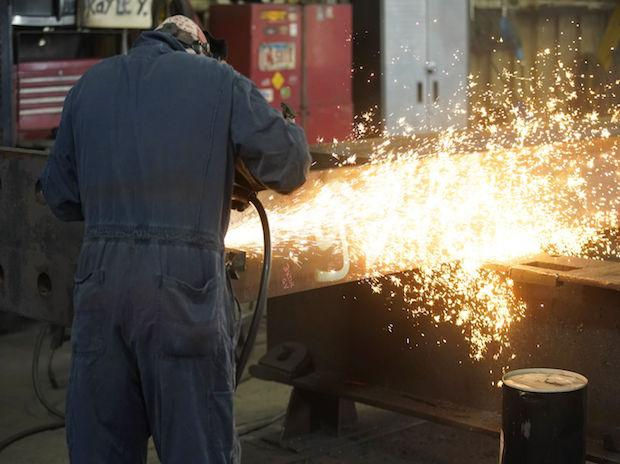Iron-ore prices tank as China’s steel output slows
- Hanish Agarwal
- Aug 23, 2021
- 2 min read
One of this year’s hottest commodities is flaming out.
The price of iron ore has fallen roughly 40% since mid-July on concerns about demand from China, which makes more than half of the world’s steel. The downturn has dealt a blow to producing countries, notably Australia and Brazil, that are battling to protect fragile economic recoveries from outbreaks of the highly contagious Delta variant of the coronavirus.
The benchmark price fell as low as $130.20 a metric ton on Thursday following a 15% single-day nosedive to its lowest value since November 2020, according to S&P Global Platts, which publishes daily prices. The commodity, which hit a record above $233 a ton as recently as May, bounced slightly to $139.10 a ton on Friday.
Other commodities including oil and copper have been falling on worries that rising Covid-19 cases might hobble the global recovery, but not at such a rapid pace. Iron ore hasn’t fallen this far this fast since spot prices were established for the commodity roughly 13 years ago, Morgan Stanley said.
Iron ore’s swift retreat signals an end to the bloated margins that have propelled miners’ earnings and dividends to records. Investors typically bet on iron ore via stocks of the companies that produce it.
Iron ore is the biggest moneymaker for BHP Group Ltd. and Rio Tinto PLC, the world’s largest mining companies by market value. BHP this month said it expected China’s demand for iron ore to weaken over the medium term, forecasting a plateau in Chinese crude steel output and a rise in the use of scrap to make steel.
The plunge risks crushing earnings for a string of new iron-ore entrants that had been encouraged to pursue new ventures by the recent strength in prices.
Iron ore was long a desert for investors. The market was dominated by a handful of producers, including BHP and Rio Tinto, which sold ore directly to steel mills on one-year contracts. Those prices were thrashed out behind closed doors in annual negotiations that set the tone for the rest of the market.
As China’s appetite surged, and steelmakers needed more ore than the biggest producers could provide, that system broke down. Companies in 2008 started compiling spot prices from surveys of physical cargoes being traded around the world and, eventually, an iron-ore futures market followed.
While iron ore is the world’s second-most-traded commodity after crude oil, prices are typically more volatile than more established markets, such as oil and copper.
“A correction of the unsustainably high iron-ore price was widely anticipated by us and the market but, despite iron ore’s volatile boom-bust history, we are somewhat surprised by how fast this is happening," Morgan Stanley said in a recent client note.
An expectation that China’s steel output will shrink is fueling the fall. China, which until recently was churning out steel at record rates, wants to keep steel output at 2020 levels this year. “That requires large cuts to steel output for the remainder of this year," said Rohan Kendall, an Australia-based analyst at consulting firm Wood Mackenzie.



Comments